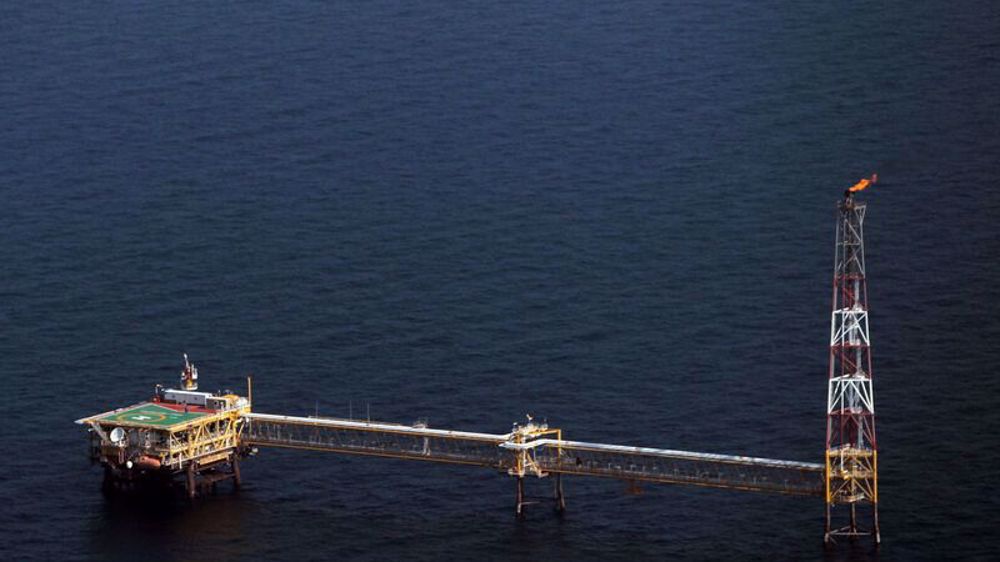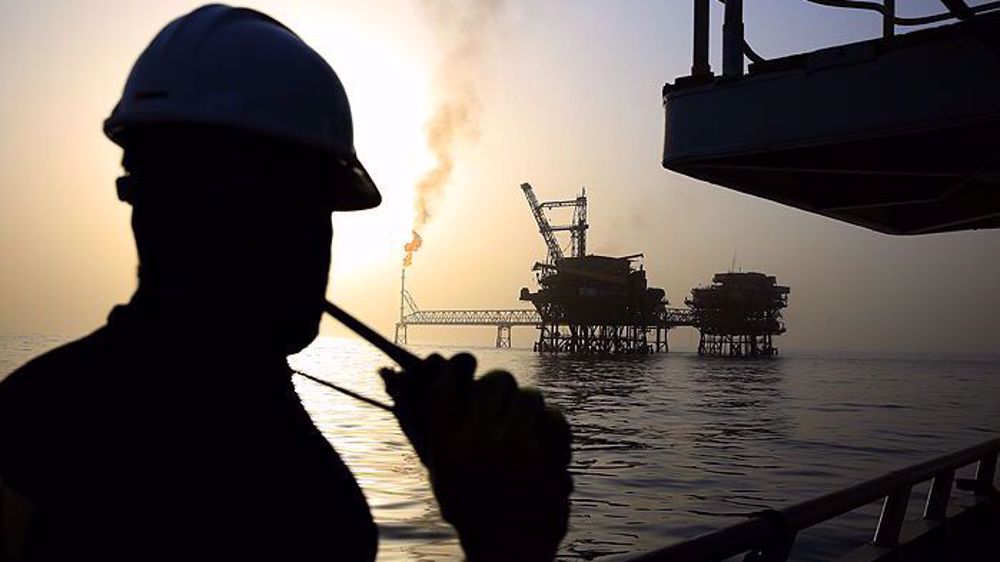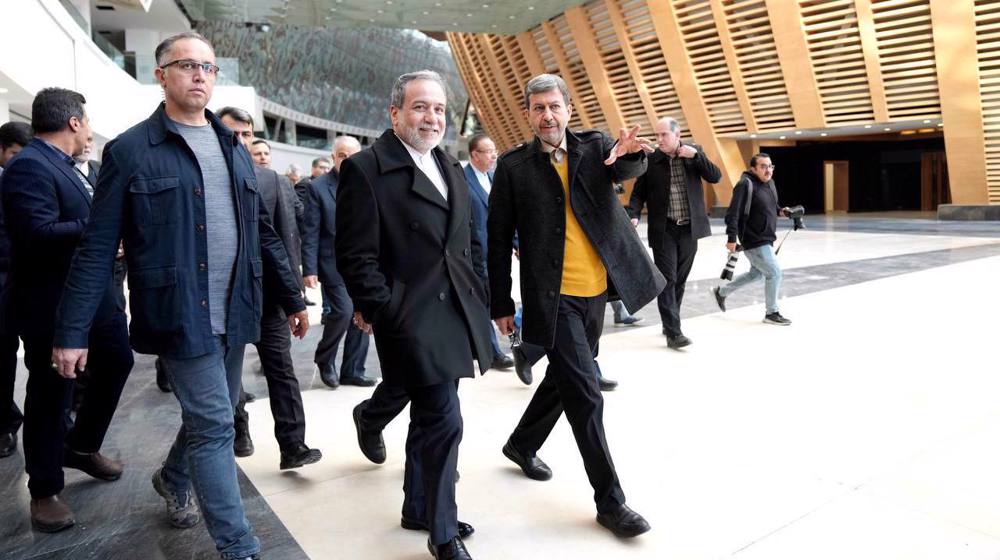Iran searching for new gas reserves at giant field
A subsidiary of the National Iranian Oil Company has carried out drilling operations at the South Pars gas field in the Persian Gulf in search of new hydrocarbon reserves.
The drilling by the Pars Oil and Gas Company (POGC) is part of a development strategy that focuses on exploring the undeveloped areas of the field in a bid to find new hydrocarbon reserves and extend gas production.
Iran’s domestic natural gas demand has been the main driver of its natural gas production growth. It produced 267 billion cubic meters of natural gas in 2019, making Iran the world’s third-largest producer after the US and Russia despite the most draconian sanctions imposed on the country.
The US sanctions have affected Iran’s energy exports, financial transactions, and imports of certain technologies, but natural gas production in Iran has grown steadily over the past two decades.
The sanctions have also discouraged international energy companies from dealing with Iran, but they have provided a rare chance for domestic firms to venture into a setting known to be an exclusive specialty of the elite club of companies.
Much of the growth in natural gas production comes from development of the offshore South Pars field in the Persian Gulf.
The drilling of an extension appraisal well in the northern part of the South Pars gas field aims to evaluate the hydrocarbon capacity of the areas outside the field’s current blocks and phases.
It will determine the possibility of the field’s expansion, head of POGC’s Oil and Gas Engineering Department Ali Akbar Majed has said.
POGC has hired the Iranian Offshore Engineering and Construction Company to carry out the drilling of the SP-16 extension appraisal well.
According to Majed, exploration on undeveloped parts of the South Pars joint field in an attempt to locate hydrocarbon reserves is one of the solutions outlined in a plan developed to maintain the field’s gas production.
“The SP-16 well, whose appraisal objectives and evaluation have been determined in cooperation with the exploration department of the National Iranian Oil Company (NIOC), is the first of four wells planned for drilling and evaluation of areas outside the current blocks of the field,” he said.
Natural gas production at South Pars began in 2003, and so far, 23 of the 24 development phases have started producing. At maximum capacity, the South Pars natural gas field could annually produce 9.49 trillion cubic feet (268.7 billion cubic meters) of natural gas.
In February, former Petroleum Minister Bijan Zanganeh said Iran’s gas production had hit the record high above 1 billion cubic meters a day, a milestone reached three years after the US imposed its most draconian sanctions ever on the Islamic Republic.
Iran holds the fourth largest oil reserves and the largest natural gas reserves in the world, and is considered an energy superpower, but its domestic consumption is disproportionately high and rising.
Almost all of the natural gas that Iran produced in 2019 was consumed domestically. That year, Iran consumed more natural gas than all but three other countries: the United States, Russia, and China.
In Iran, the residential and commercial sectors use natural gas for space heating, and the industrial sector uses it for feedstock, especially in the petrochemicals industry.
The high consumption is driven by massive subsidies provided by the government which is in a race against time to catch up with the rising demand.
VIDEO | Press TV's news headlines
Gaza faces severe reproductive health crisis amid Israeli genocide
VIDEO | Gaza endures crisis, Israeli violations ahead of Netanyahu-Trump meeting
Russia and US reject European ceasefire proposal
Houthi: Any Israeli presence in Somaliland will be military target
VIDEO | Qassem Soleimani assassination
VIDEO | Iran space achievements
Iran reports boom in electronic check use











 This makes it easy to access the Press TV website
This makes it easy to access the Press TV website